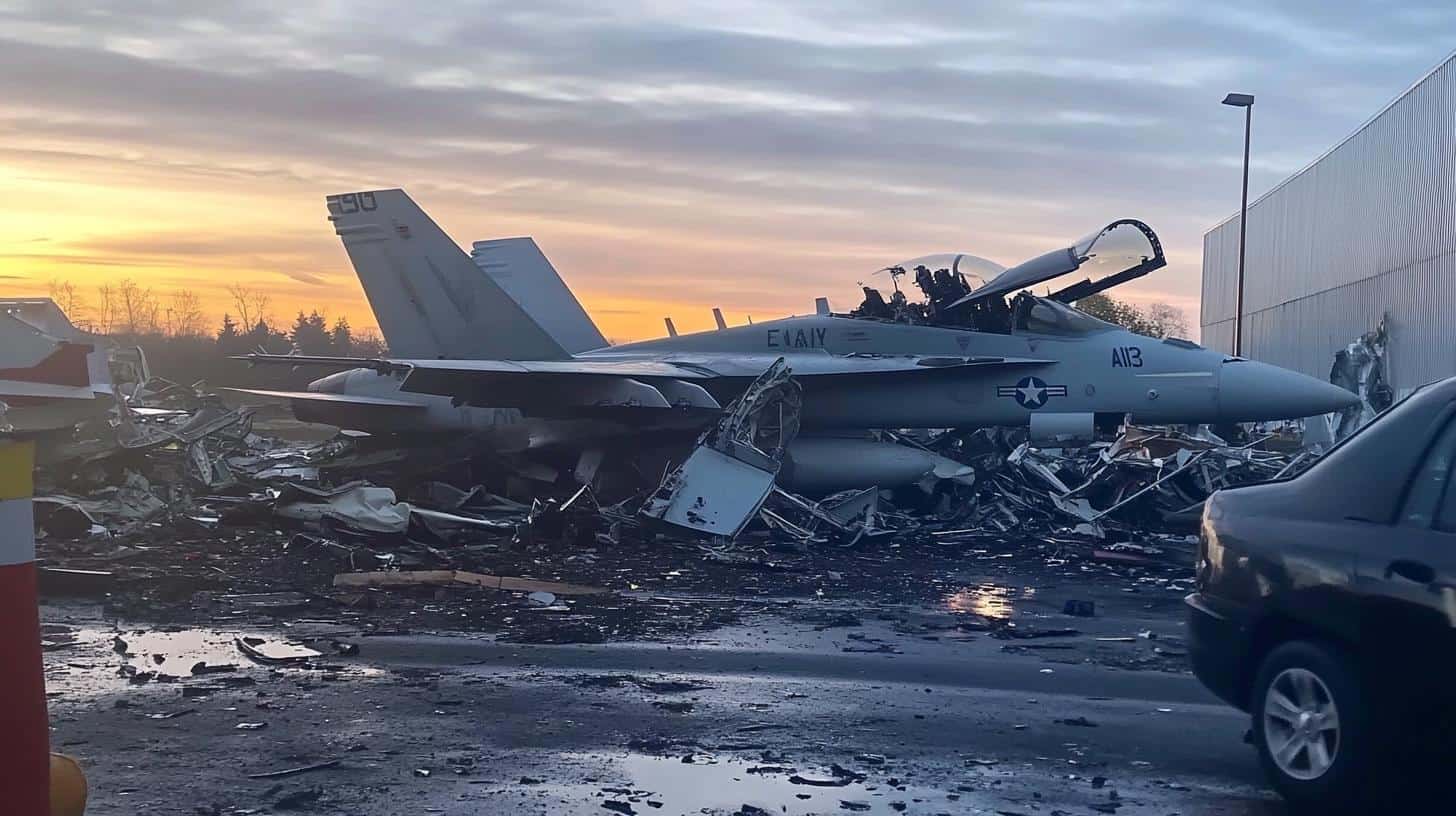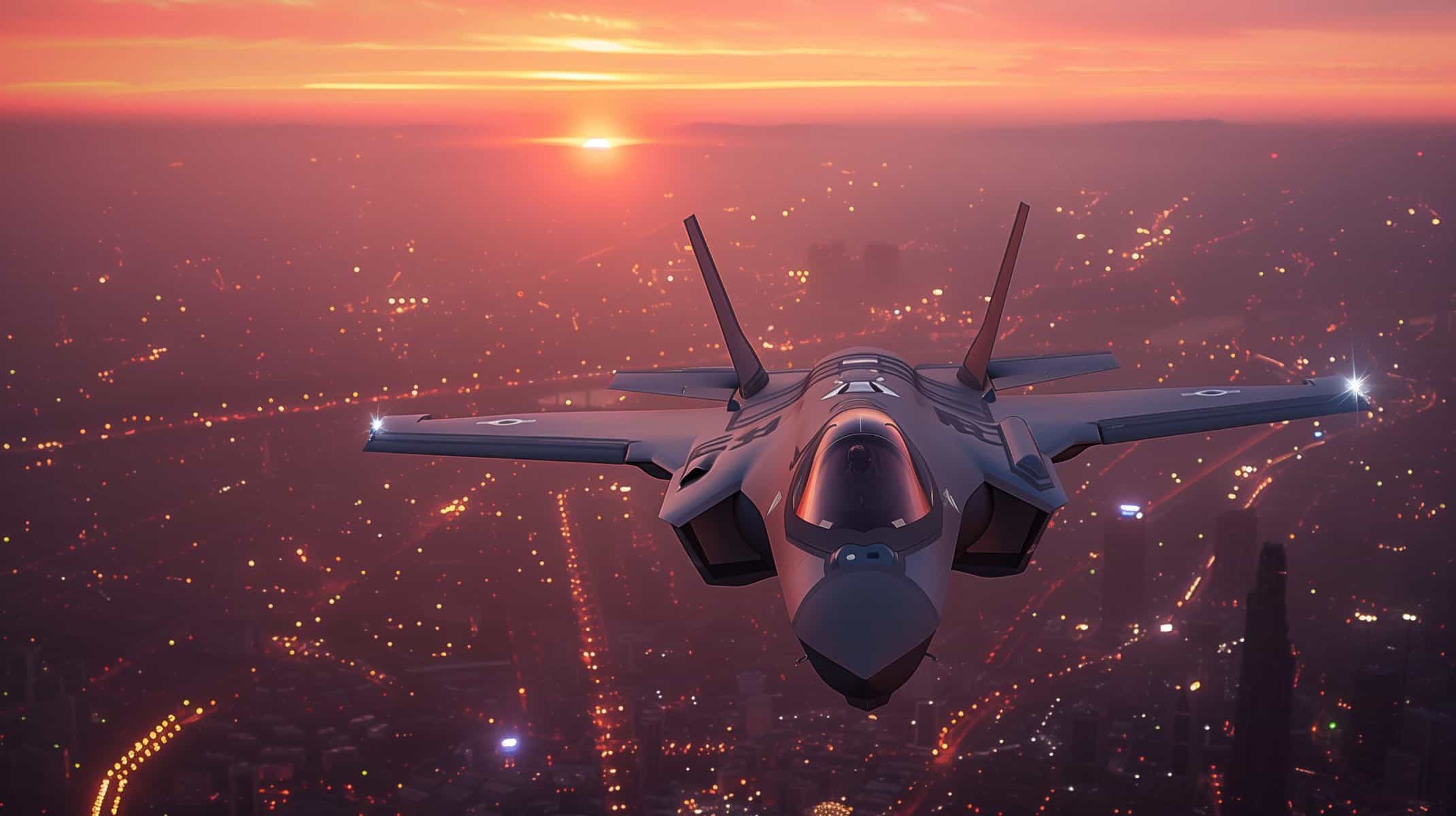- A Chinese J-16 fighter jet released flares perilously close to an Australian P-8 Poseidon surveillance aircraft over the South China Sea, a mere 100 feet apart.
- Australian Defense Minister Richard Marles condemned the encounter as “unsafe” and “unprofessional,” highlighting the high-risk nature of the incident.
- China defended its actions, claiming the Australian aircraft trespassed near the disputed Paracel Islands, framing their response as self-defense.
- This event exemplifies the ongoing geopolitical tension in the region, where diplomacy and military maneuvers often intersect.
- Despite improved trade relations, military interactions between Australia and China remain strained, with each side testing strategic boundaries.
- The South China Sea continues to be a focal point for international conflict, emphasizing the need for vigilance and careful diplomacy.
- This incident serves as a reminder of the persistent regional security challenges and the potential consequences of misjudgment.
Blue skies suddenly turned tense when a Chinese J-16 fighter jet unleashed a volley of flares, dancing dangerously close to an Australian P-8 Poseidon surveillance aircraft hovering over the contentious South China Sea. The distance, a mere 100 feet, was alarmingly tight, prompting Australian Defense Minister Richard Marles to label the provocative act as both “unsafe” and “unprofessional.”
As the flares spilled through the air, the alarm among the P-8’s crew was palpable, though luck spared them from catastrophe. If one of these flaming projectiles had found its target, the consequences could have been monumental, blurring the lines between military posturing and genuine peril.
Beijing, however, struck a different chord. It stood firm, painting the Australian aircraft as the aggressor—a trespasser over the disputed Paracel Islands. China’s rebuttal described their maneuvers not as provocation but as legitimate defense, underlining the fine balance of diplomacy and might that hovers in these international skies.
This incident underscores a broader narrative—a strategic chess game with stakes that define regional security and power dynamics. Though Australia and China have enjoyed a thaw in trade relations, their military interactions remain fraught with tension, each side testing nerves and boundaries.
From the Yellow Sea to the waters off Japan, history is punctuated by these high-octane encounters. This latest episode blooms into the greater theater of geopolitical tension, a stark reminder that beneath the veneer of diplomacy, the currents of conflict churn relentlessly.
As this aerial ballet of flares and aircraft unfolds, the story remains one of vigilance. The encounter serves as a clarion call—the skies are a stage, and the players are giants. In this escalating climate, the resolve of nations is tested, and the toll of missteps could be grave.
High-Stakes Aerial Tensions: The Real Story Behind Fighter Jet Encounters
How-To Steps & Life Hacks: Navigating International Airspace Safely
1. Understand Regional Regulations: Pilots flying in disputed international airspaces, like the South China Sea, must be well-versed in international laws such as the United Nations Convention on the Law of the Sea (UNCLOS).
2. Maintain Clear Communication: Effective communication between aircraft and ground stations is critical to prevent misunderstandings.
3. Deploy Advanced Technologies: Use advanced radar and AI systems to detect potential threats and reduce the likelihood of accidental confrontations.
4. Use De-escalation Techniques: Train crews in recognizing potential conflict escalation and applying de-escalation protocols.
Real-World Use Cases: Airspace Tensions and Their Implications
The incident between the Chinese J-16 fighter jet and the Australian P-8 Poseidon is emblematic of wider geopolitical tensions in the Asia-Pacific region. These encounters often serve as power plays, signaling military strength without direct confrontation. They can affect global markets and international relations, with outcomes influencing defense strategies worldwide.
Market Forecasts & Industry Trends
The defense industry is seeing a surge in demand for surveillance and reconnaissance aircraft like the P-8 Poseidon, particularly in regions with high geopolitical tensions. Markets for defense electronics and AI-based threat analysis systems are expected to grow significantly through the 2020s, driven by increased military spending in Asia-Pacific.
Reviews & Comparisons: P-8 Poseidon vs. J-16 Fighter Jet
– P-8 Poseidon: Primarily used for maritime surveillance, combining advanced radar and sensors with anti-submarine warfare capabilities.
– J-16 Fighter Jet: A multirole aircraft capable of electronic warfare, interception, and ground attack, designed for flexible combat roles.
The J-16’s ability to release flares demonstrates its superior tactical maneuverability compared to the surveillance-focused P-8 Poseidon.
Controversies & Limitations: Diplomatic Challenges
While Beijing claims their actions were defensive, such close encounters can be seen as provocative, risking unintended escalations. Differing perspectives on airspace violations complicate diplomatic efforts, making conflict resolutions elusive.
Features, Specs & Pricing: Aircraft Capabilities
– P-8 Poseidon: Estimated cost $275 million, equipped with an APY-10 radar, 129 sonobuoys, and a range of anti-submarine missiles.
– J-16 Fighter Jet: Estimated cost $40 million, with advanced radar, avionics, and agility-readiness for a variety of combat scenarios.
Security & Sustainability: Navigating Defense Protocols
Military engagements in contested regions require sustainable conflict management strategies. Increasing transparency and adhering to global standards can mitigate risks.
Insights & Predictions: The Future of Airspace Engagements
Expect heightened surveillance activities and military presence in contested areas as nations assert influence. The adoption of advanced aerospace technologies will rise, aiming to minimize direct confrontations.
Tutorials & Compatibility: Flight Preparedness
Training pilots to handle high-pressure situations and ensuring aircraft software compatibility with new threat detection systems are crucial for mission success.
Pros & Cons Overview
Pros:
– Heightened awareness of geopolitical conflicts.
– Advancements in aircraft technology.
Cons:
– Increased risk of accidental confrontation.
– Diplomatic strain between nations.
Actionable Recommendations
– For policymakers: Promote transparent dialogue and mutually beneficial accords over disputed airspaces.
– For defense analysts: Invest in AI and data-driven insights for predictive threat detection.
– For military personnel: Enhance training in de-escalation and international communication protocols.
By minimizing the potential for missteps, nations can maintain vigilance and avoid grave conflicts.
For more information, visit United Nations for details on international laws and airspace regulations, and International Civil Aviation Organization for global flight standards and safety measures.

















